Complexities of Medical Care:
In any healthcare system, the delivery of medical services relies on a collaborative effort from a diverse team of healthcare workers. The ultimate outcome of patient care hinges on multiple factors, including:
1. Efficiency of the Team: The seamless coordination and effective communication among healthcare providers are crucial.
2. Available Infrastructure and Quality of Healthcare Services: The adequacy and quality of medical facilities significantly impact patient outcomes.
3. Patient-Related Factors: Patient compliance, understanding of their disease, and affordability, including insurance coverage, play pivotal roles.
4. Disease-Related Factors: The severity and stage of the disease influence treatment outcomes.
5. Quality of Drugs and Implants: This is particularly critical in regions where substandard medical supplies are prevalent, as these can significantly affect patient safety and treatment efficacy.
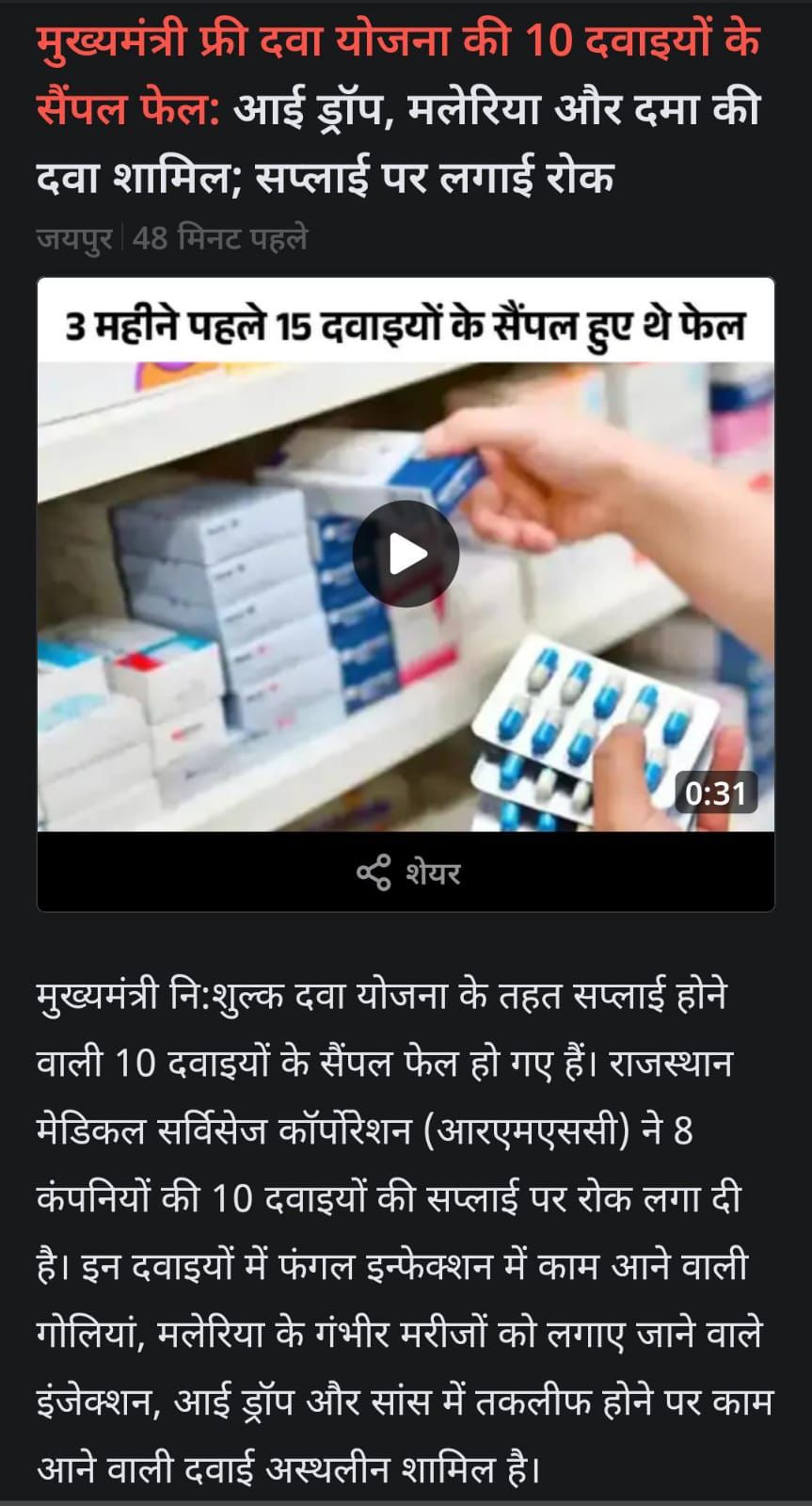
Understanding Medical Accidents through the Swiss Cheese Theory
Medical accidents are often the result of multiple contributing factors, making it challenging to identify a single culprit. The Swiss Cheese theory provides a widely accepted metaphor to explain the occurrence of such accidents. In this theory, a complex system is depicted as a series of barriers, each with its own set of weaknesses or "holes." These holes represent the system's vulnerabilities, which vary in size and position over time. When these holes align perfectly, a hazard can pass through all the barriers and cause harm to the patient.
This model emphasizes the systemic nature of medical errors, highlighting that they are often the result of random alignments of weaknesses rather than deliberate actions by individuals. Therefore, determining the precise cause of a medical accident is not always straightforward, and it often involves a confluence of factors rather than a single point of failure.
The Challenge of Assigning Blame in Medical Negligence
When a patient suffers harm and attributes it to medical negligence, the situation is rarely black and white. The instinct to assign blame is strong, especially in the aftermath of medical accidents. However, this blame is frequently directed at the last person in the chain—the one holding the metaphorical "smoking gun"—which may not always be fair or accurate.
Medical negligence is a complex issue that cannot be easily adjudicated in consumer courts. Even among medical experts, opinions can diverge significantly on the same case with the same evidence. This complexity is why the medical community seeks exemptions from trials in consumer commissions—not to evade accountability but to ensure that cases of alleged medical negligence are evaluated with the nuance and expertise they require.
Patients still retain the right to pursue claims through civil and criminal courts and medical councils. The Supreme Court of India has explicitly noted that the Consumer Protection Act of 2019 (and its predecessor from 1986) did not intend to include professional services within its purview without thorough consideration.
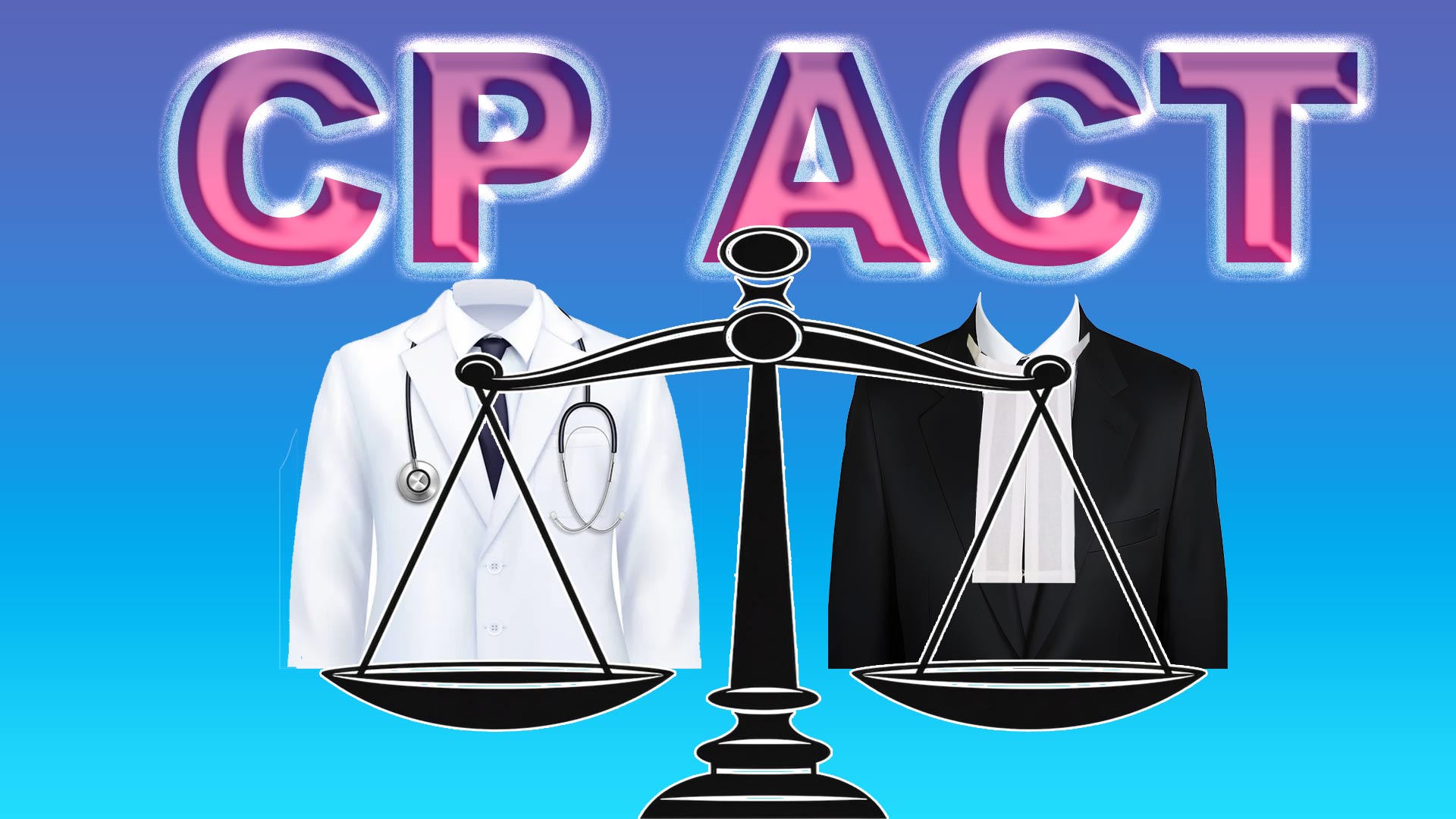
History of Consumer Protection Laws
The verdict of the IMA vs. VP Shanta case opened the gates of consumer courts to complaints of alleged medical negligence against doctors and hospitals. Since then, there has been an exponential increase in the number of such complaints in various consumer courts. The medical fraternity has consistently argued that, given the complex nature of medical negligence cases, these should not be handled by consumer courts, where the trial procedure is designed to deliver speedy justice through a summary process.
Moving Forward:
Recent verdict by the bench of the Supreme Court emphasized that there was no mention of including professionals under consumer protection laws. These laws in India, established following a 1985 UN resolution to which India was a signatory, must be interpreted within a global context. Nowhere in the world are professionals included under consumer protection laws, which were originally intended to provide swift justice to consumers.
All eyes are now on the Hon'ble Chief Justice of India, who is expected to decide whether to form a larger bench to review the 1995 IMA vs. VP Shanta judgment.
Support us so that we could continue highlighting the better and brighter side of medical profession

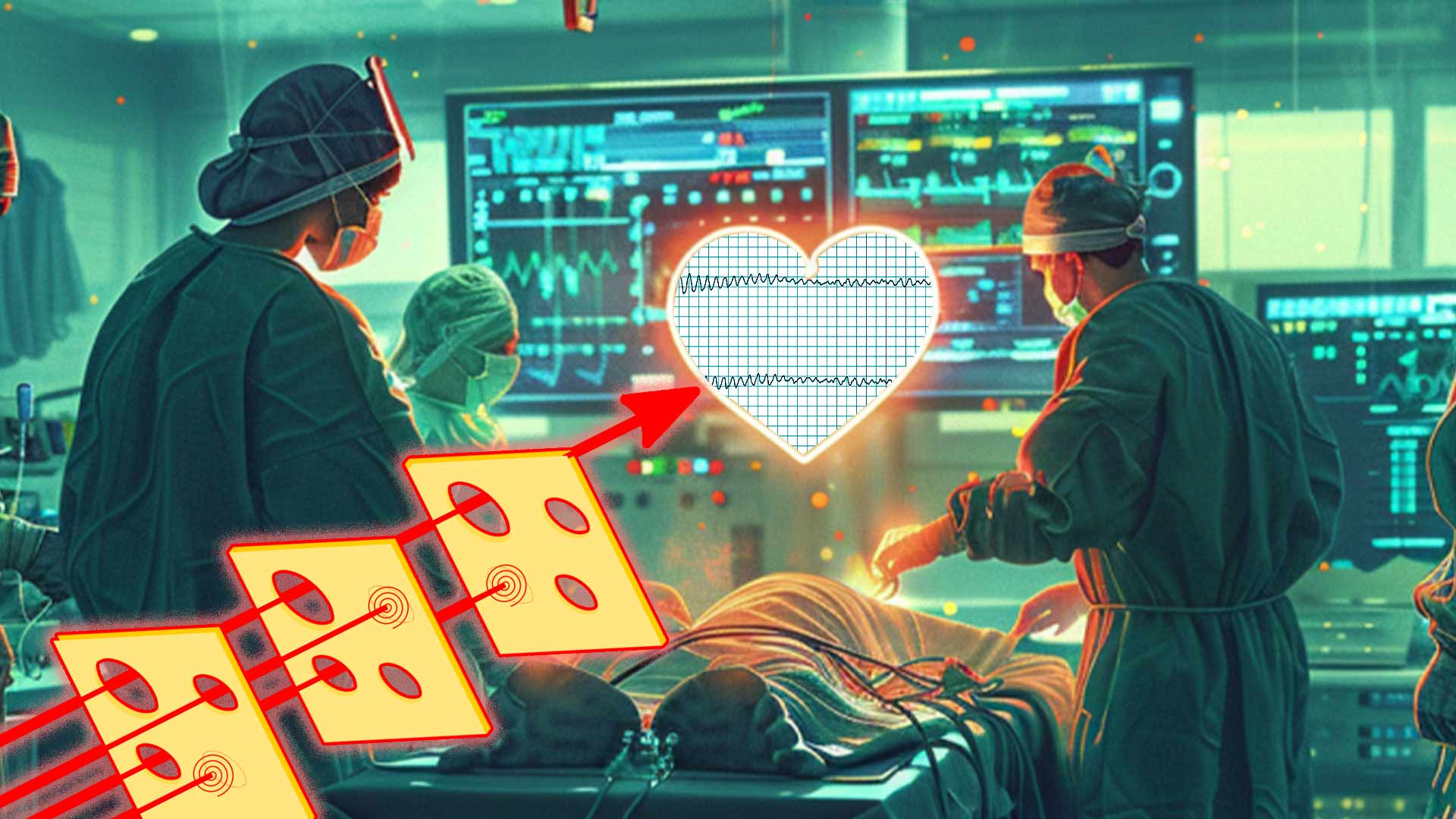


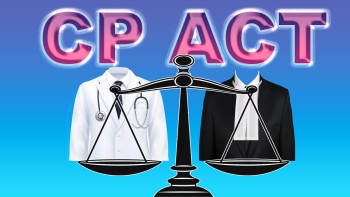
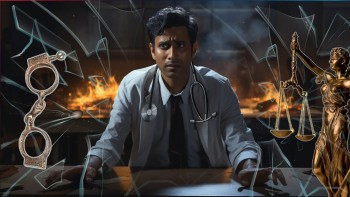




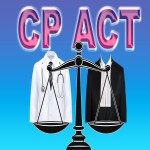

Recent comments
Latest Comments section by users
Guest
May 22, 2024
Great write up. Need more of these in social media
Guest
May 22, 2024
Great write up. Need more of these in social media
Guest
May 22, 2024
Nice analysis 👍